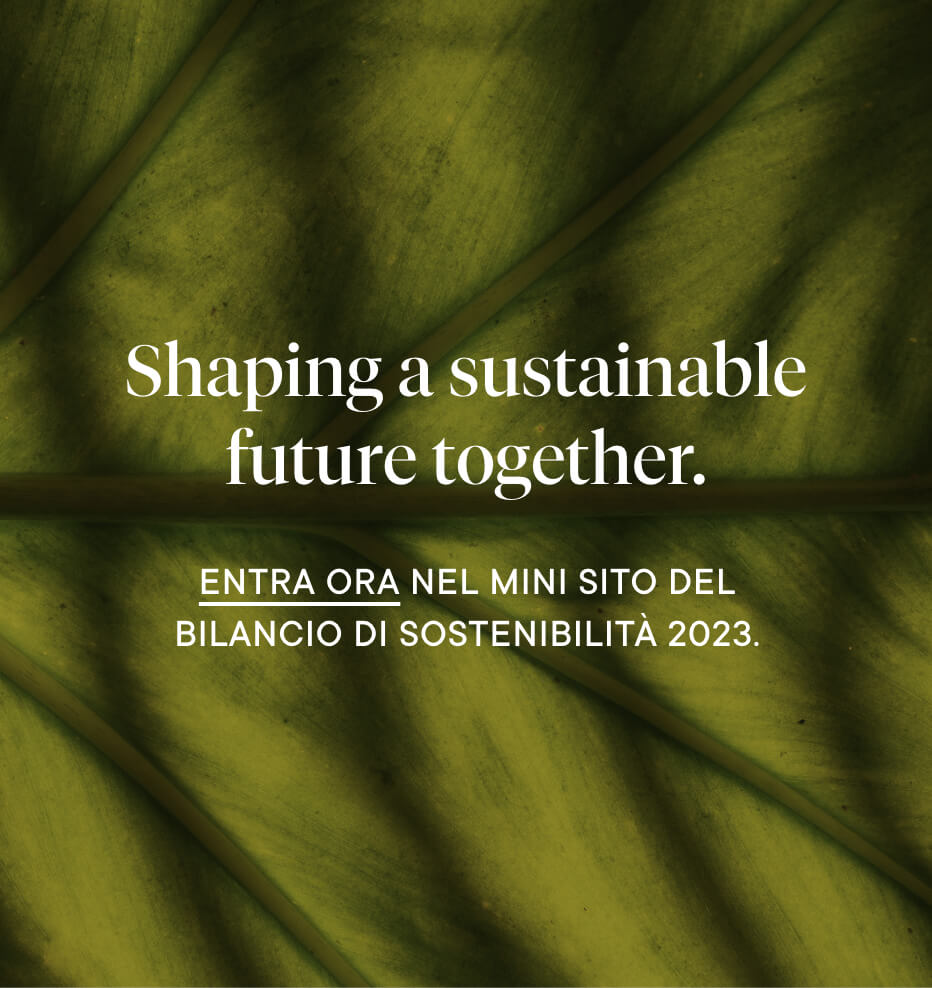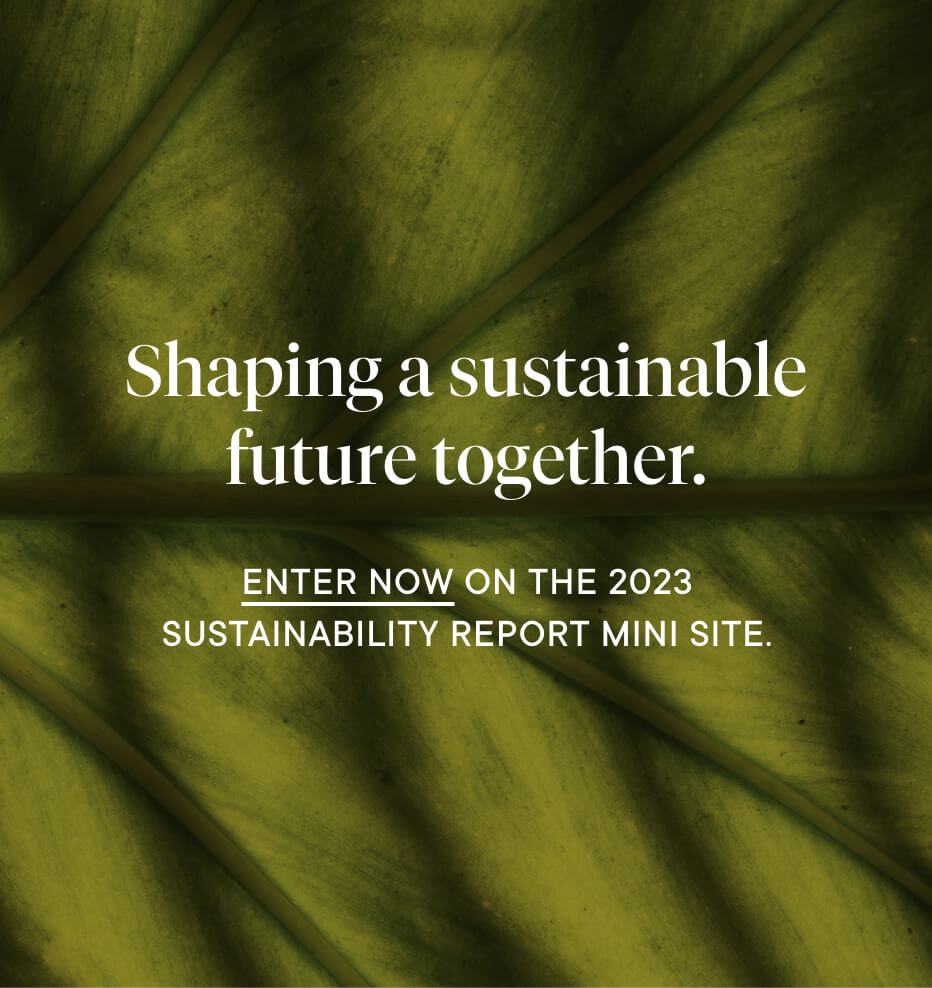Knowing in order to choose
View allReal leather. Everything you need to know and more.
THE INDEPENDENT GERMAN RESEARCH INSTITUTE FILK HAS CERTIFIED THAT MATERIALS SOLD AS “ALTERNATIVES TO GENUINE LEATHER” DO NOT MEET ITS PERFORMANCE AND, OFTEN, ARE NOT AS ENVIRONMENTALLY FRIENDLY AS THEY CLAIM TO BE.
If scientific evidence was needed, it now exists. It is the independent German research institute FILK (Forschungsinstitut für Leder und Kunststoffbahnen) who put it down in writing through a study shared globally on the open source scientific platform MDPI (Multidisciplinary Digital Publishing Institute): alternative materials such as vegan “leather”, leatherette, Ultrasuede, and so on have one thing in common: they are not real leather.
COTANCE, the European confederation of national tanning associations, has made available to FILK a range of materials, currently reported in the media as alternatives to genuine leather in various respects, with the aim of testing their technical properties. The analysis was conducted by carrying out standardised physical and chemical tests on nine alternatives that had recently come onto the market, on a plastic material and, as benchmark, also on real leather. This resulted in the paper entitled “Trend Alternatives for Leather”, which came to a radical conclusion: the alternative materials to real leather whose samples were analysed do not (as they claim) possess all the performance characteristics of leather. And, very importantly, some of them contain predominantly synthetic components, the use of which brings ecological and environmental concerns.
According to the study conducted by FILK, these new generation materials can be divided into 3 groups:
1. materials with a predominantly natural base, such as MuSkin (derived from mushrooms), which do not require the addition of plastic components;
2. materials that predominantly contain plastic components;
3. materials made exclusively of plastic derivatives: e.g. PVC or PUR.
A very significant example is Desserto, an extremely trendy material that imitates leather from cactus fibres, but which, in the light of FILK's analysis, was found to contain 65% polyurethane. In fact, this material turns out to be a mixture of natural raw materials (cactyus fibres, in fact) and plastic: polyester load-bearing fabric covered with two layers of polyurethane.
The series of tests also assessed all materials in relation to the typical characteristics of leather: resistance to breaking and tearing, water vapour permeability, water vapour absorption. The result, again, shatters the hypocrisy of veg marketing: none of the tested substitutes can, in fact, truly be described as an "alternative" to leather.
The result of the study, therefore, shows how no supposed alternative to leather can claim all of its performance characteristics with the aggravating factor that, often, these materials push the lever of ecological marketing while not being green at all. And they do this not only by imitating leather in appearance and feel, but also by using the word in a misleading and completely non-transparent way for the consumer (often in violation of the provisions in Italy of the recent Legislative Decree No.68/2020 of June u,s. "New provisions on the use of the terms "leather," "skin" and "fur" and those derived from them or their synonyms..").
In particular, regarding water vapour absorption and relative permeability the alternative materials scored significantly lower than genuine leather, which was also superior in durability tests (resistance to bending and tearing). Which, quite simply, shows how historically real the durability value of leather is.
The result of the study, therefore, shows how no alleged alternative to real leather can claim to have all its performance characteristics, with the aggravating circumstance that, often, these materials act on the lever of environmentally friendly marketing, even though they are not at all green. And they do this not only by imitating leather in appearance and touch, but also by using the word in a misleading and completely non-transparent way for the consumer (often in violation of the provisions of Italy's recent Legislative Decree No. 68/2020 of June 2020 “New provisions concerning the use of the terms “leather'” “skin” and '”fur” and those derived from them or their synonyms." - link).
Eco-leather or “cactus skin”, to name but two examples, are materials that have nothing to do with leather and should communicate on the basis of their characteristics and not antagonistically to a material, leather, that represents the oldest example of circular economy in human history.
The tanning industry, in fact, recovers an immense volume of food industry waste and, through a process that has undergone constant and continuous green upgrading for decades, transforms it into an iconic material of the highest added value.
A material, as the FILK study shows, that is inimitable.
Is it possible to know the origin of each leather production?
Find out more

